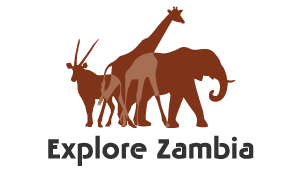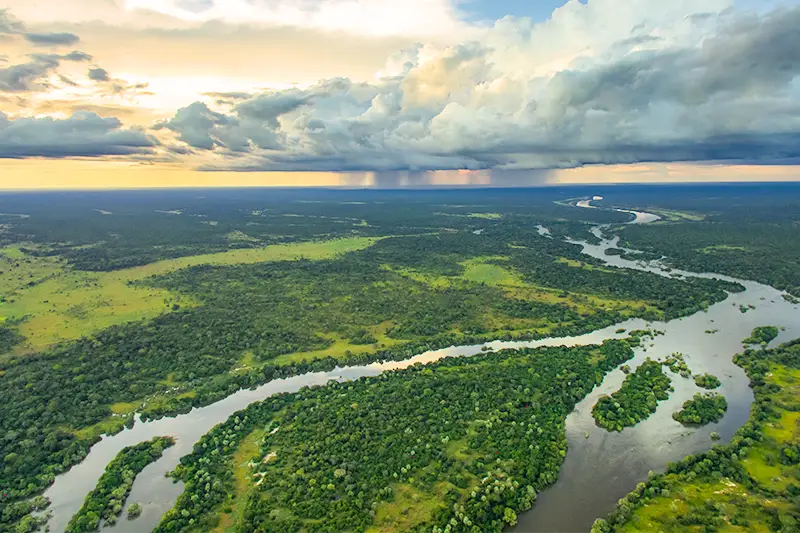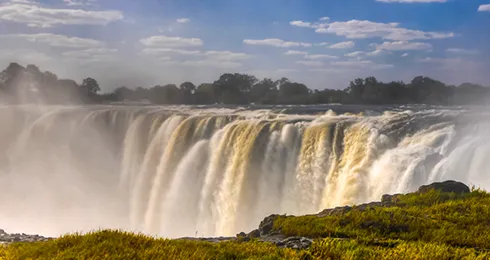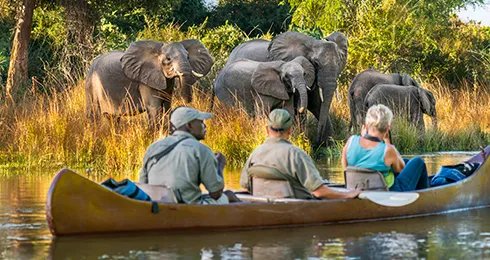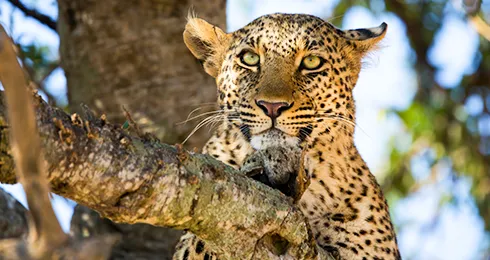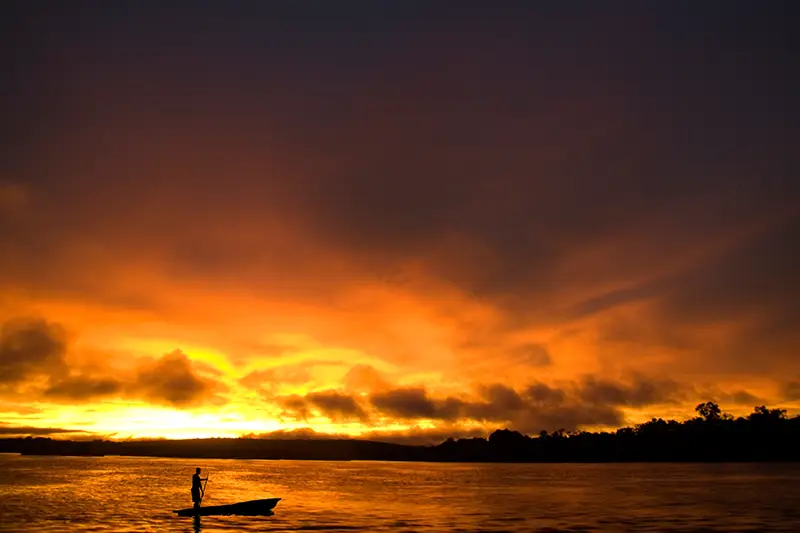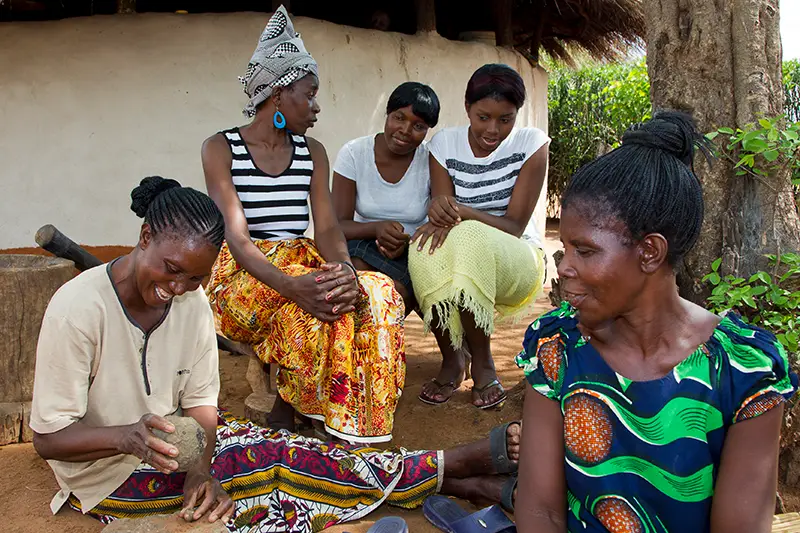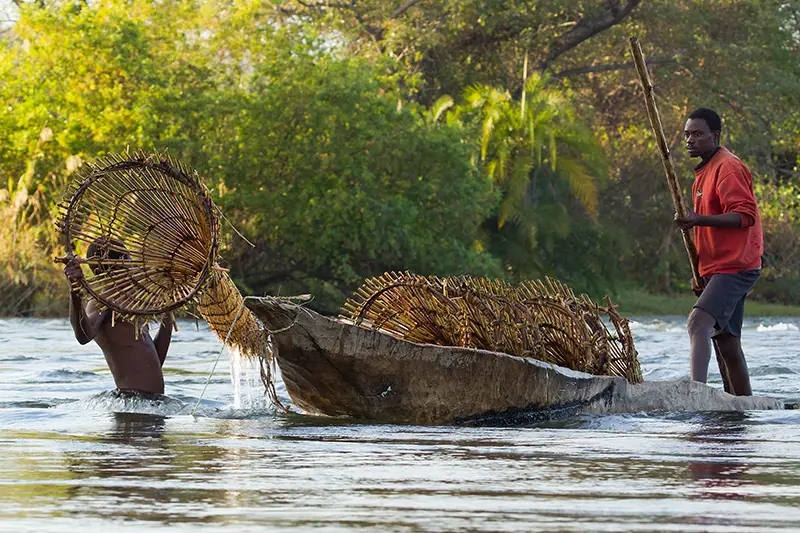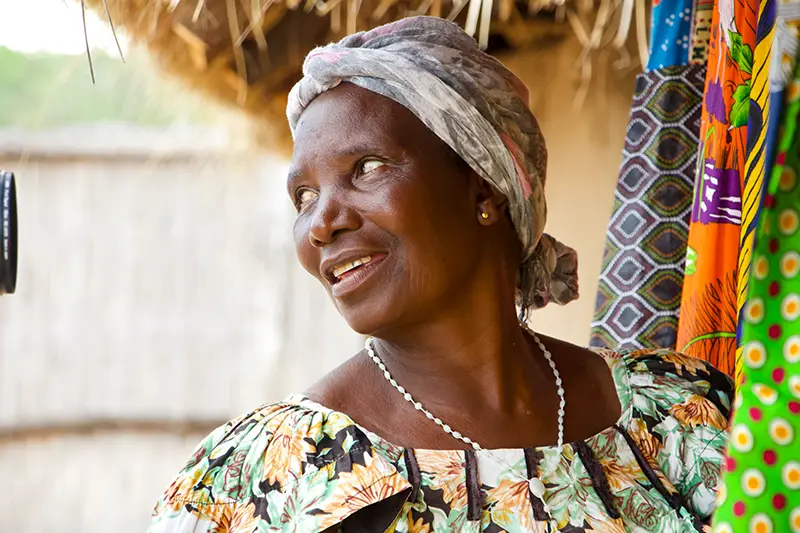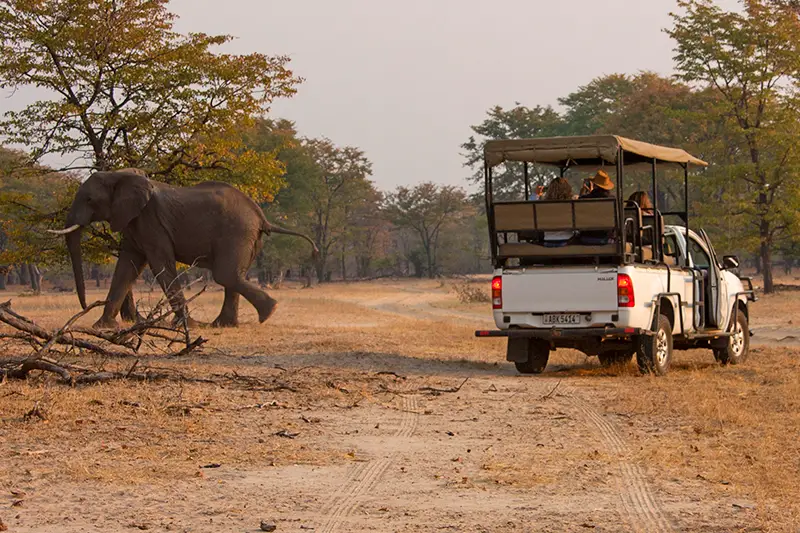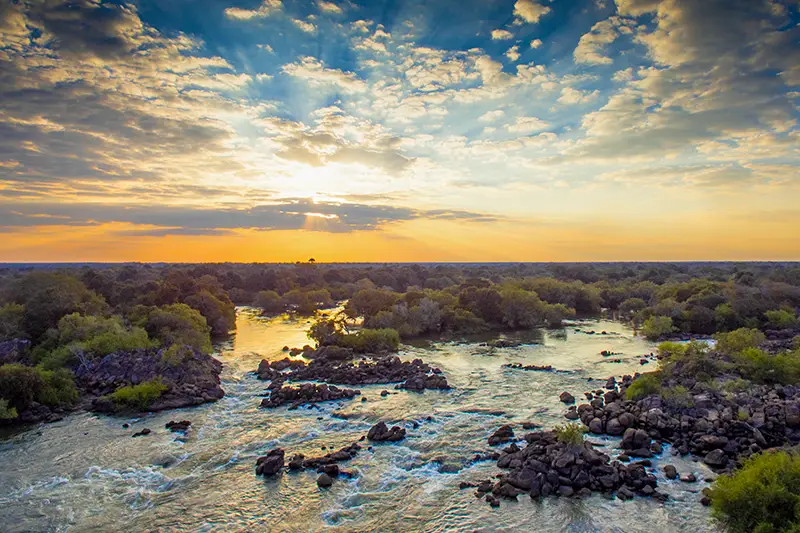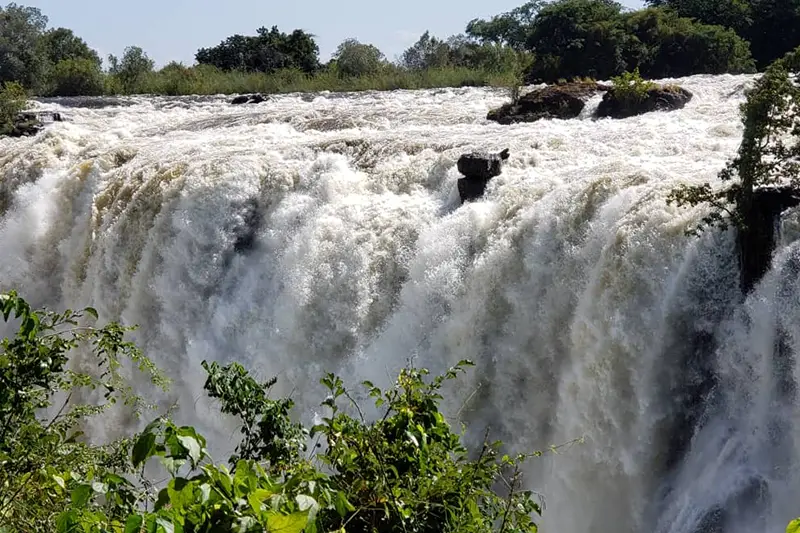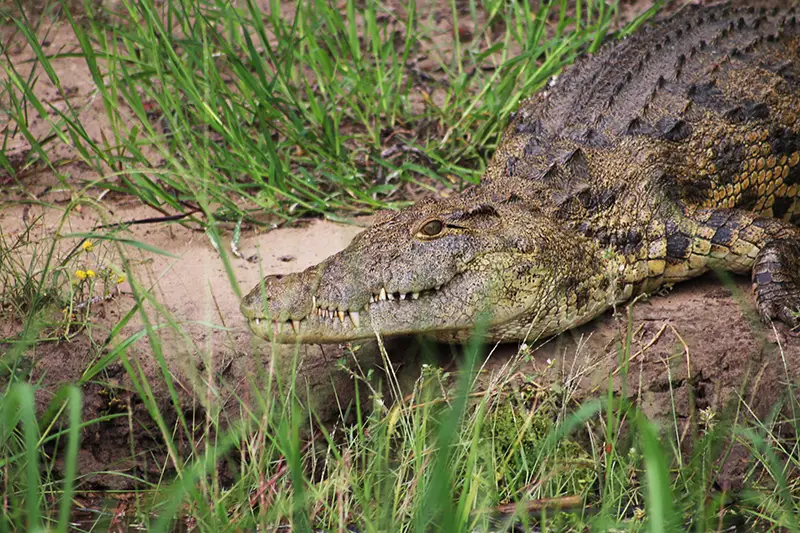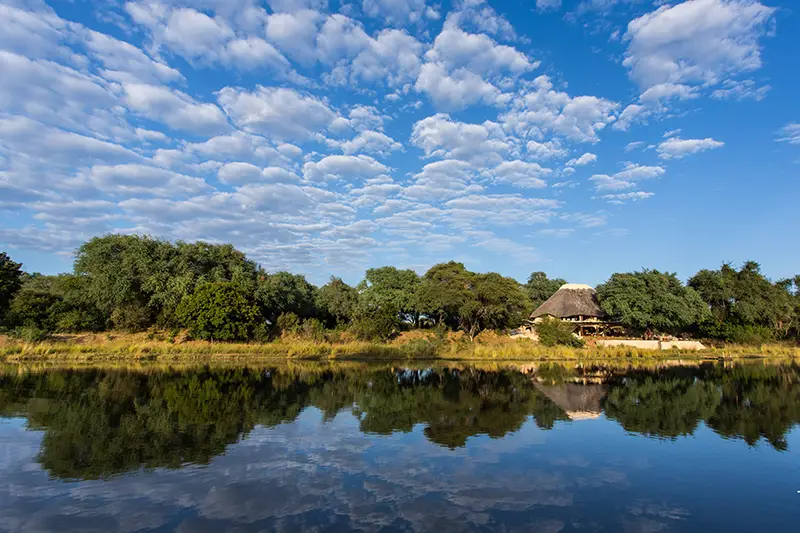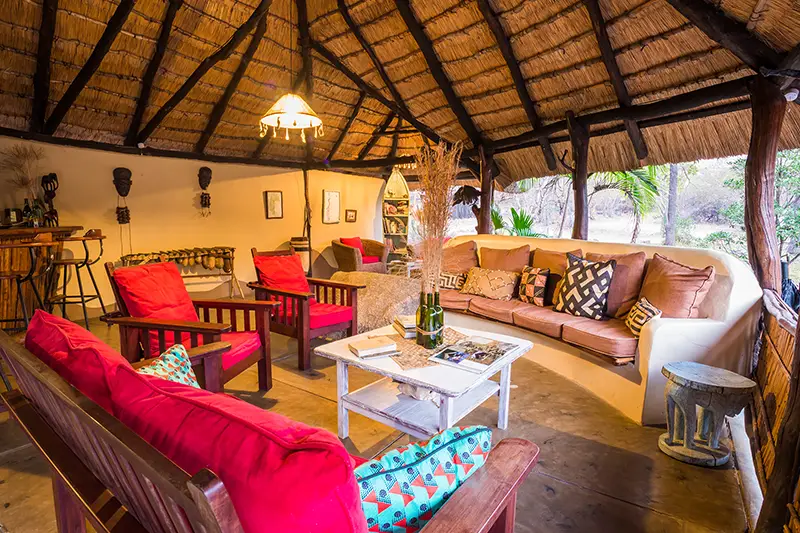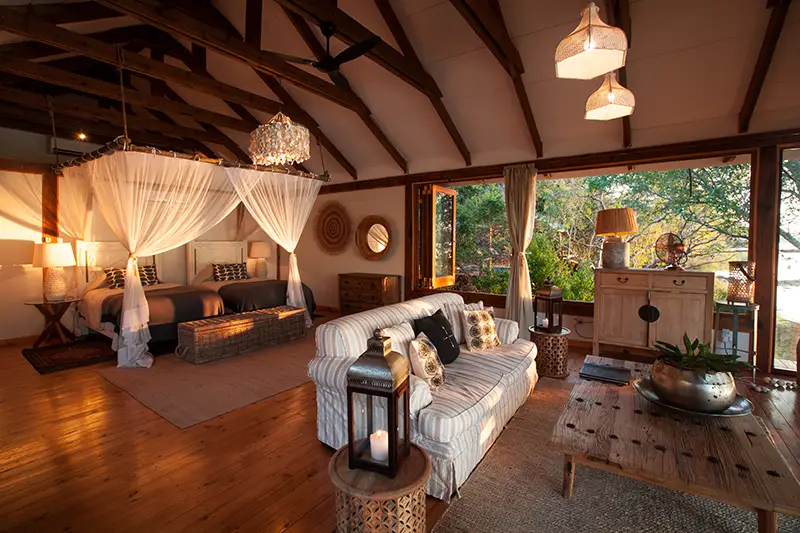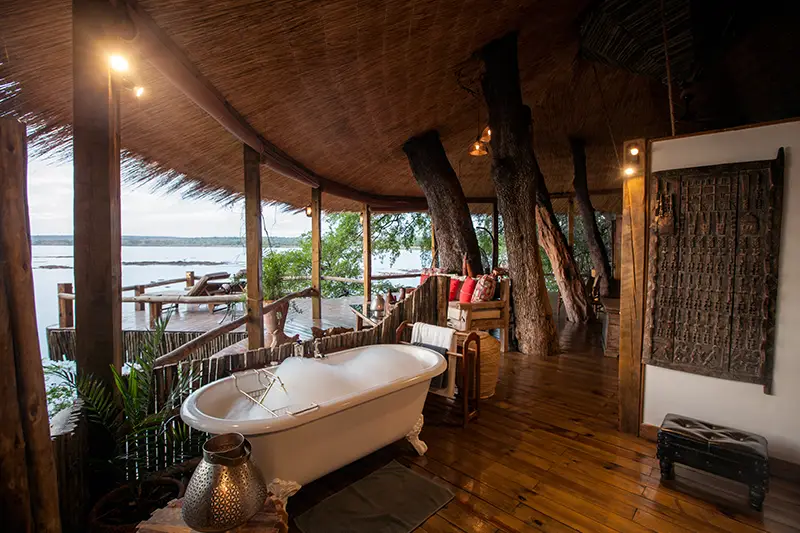INFORMATION ABOUT ZAMBIA
Discover essential information for your trip to Zambia. Read practical information about Zambia covering geography, history, population, economy, language, and the political landscape before you embark on your journey. This comprehensive info ensures you’re well-informed for a seamless and enjoyable travel experience in Zambia.
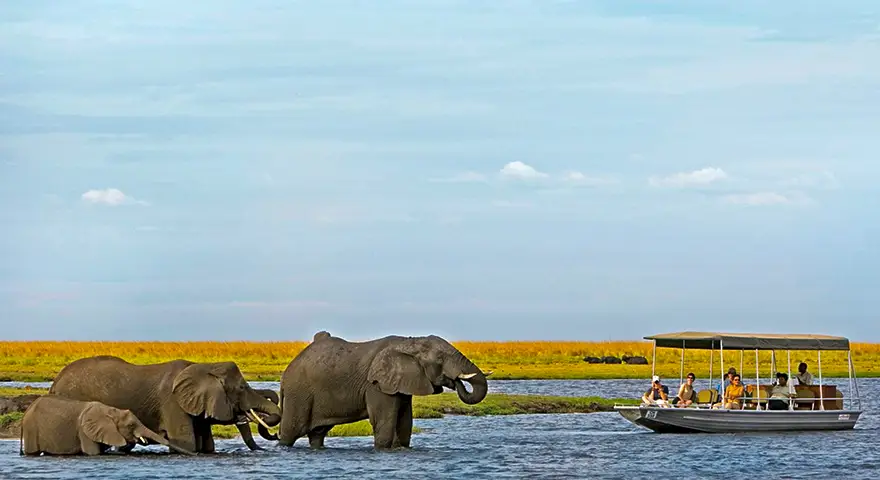
Explore Zambia: What you need to know about Zambia
Zambia takes its name from the Zambezi River, which rises in the north-west corner of the country and forms its southern boundary. Zambia is a landlocked country of rugged terrain and diverse wildlife, with many parks and safari areas.
Its neighbours are the Democratic Republic of the Congo to the north, Tanzania to the north-east, Malawi to the east, Mozambique to the southeast, Zimbabwe and Botswana to the south, Namibia to the southwest, and Angola to the west. The capital city is Lusaka, located in the south-central part of Zambia. The population is concentrated mainly around Lusaka in the south and the Copperbelt Province to the north, the core economic hubs of the country.
On its border with Zimbabwe is famed Victoria Falls – indigenously called Mosi-oa-Tunya, or “Smoke That Thunders” – plunging a misty 108m into narrow Batoka Gorge. Spanning the Zambezi River just below the falls is Victoria Falls Bridge, a spectacular viewpoint.
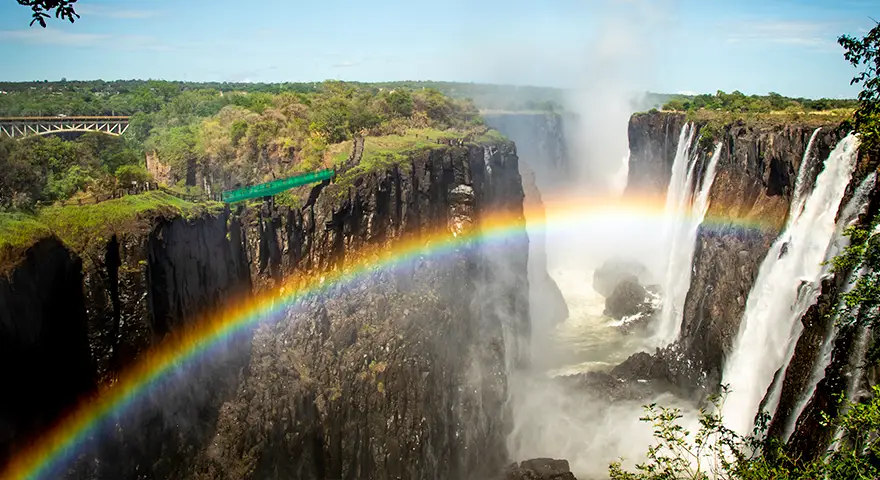
Geography
Zambia’s 752,000 km2 makes it a large country about the twice size of France. It consists for the most part of a high plateau, with an average height of between 1060 and 1363 meters above sea level. Isolated mountain ridges rise to more than 2.000m with an occasional peak above 2.350m on the eastern border, called Nyika Plateau.
Most of the country the surface tends to be flat, broken by small hills, the result of countless ages of undisturbed erosion of the underlying crystalline rocks. These rocks contain the bulk of the country’s wealth in the form of minerals, found in the Copperbelt along the north-western part of the country, which is the mainstay of the Zambian economy.
The three great natural lakes of the country, Bangweulu, Mweru and the southern end of Lake Tanganyika are all in the north and are part of the headwaters of the Zaire River. Lake Tanganyika is the second deepest natural lake in the world.
Along the southern border of the country stretches Lake Kariba, the largest man-made lake in Africa and the second largest in the world. It is about 280km long and 40km across at its widest point.
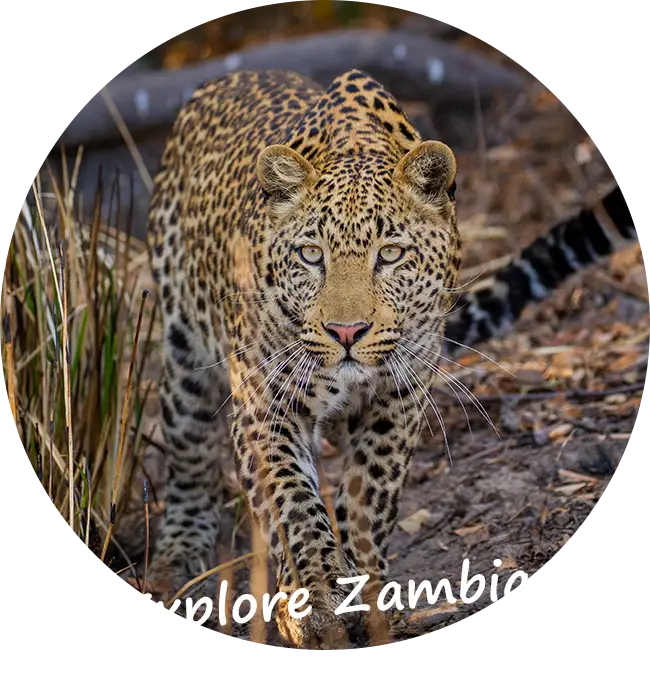
Explore Zambia offers tailor-made private guided safaris in Zambia including transport, meals, accommodations and activities. You will be supported by an experienced and knowledgeable driver/guide.
Itineraries
History
Introduction beginning from the original people of Zambia to post independence
Long before European explorers ever set foot in Zambia, it was occupied by the Khoisan people followed by the Bantu migration and the Tonga (from the east), Nkoya (from the north), Mbunda (from the west), Nsokolo, Ngoni and Sotho (from the south) people into these areas.
Discovery of the Victoria Falls
The first Europeans into Zambia entered in the late 1700’s and came from Portugal on an expedition through Mozambique with the aim of crossing to the other side of the continent to Angola. About 100 years later, David Livingstone set foot in Zambia from the south-west on his famous expedition which led to the discovery by Europeans of the Victoria Falls, and later, the establishment of the two towns of Victoria Falls and Livingstone. It was because of his reports that interest in the area grew from the settlers who came from Cape Town South Africa who sought mineral wealth and commerce. Barotseland-North-Western-Rhodesia and Northern-Eastern-Rhodesia were established and were separate units until 1911 when they came together as Northern Rhodesia.
In 1953, the two Rhodesia’s came together with Nyasaland (now Malawi), and became the Federation of Rhodesia and Nyasaland. Opposition to this move came mostly from Northern Rhodesia in the early 1960’s. In 1962, elections resulted in an African majority in the council and eventual disbanding of the federation in 1963. Kenneth Kaunda became the first Prime Minister after elections in early 1964, and in October of the same year, Northern Rhodesia became the Republic of Zambia, flying its flag for the first time, and with Kenneth Kaunda as the first president.
Copper
In the 1990’s the economy was collapsing and opposition from other political parties to the one-party regime resulted in riots and an attempted coup. In 1991 an election saw the removal of Kenneth Kaunda, the abolishing of the one-party regime, and the succession of Fredrick Chiluba to the presidency. Zambia’s economy improved greatly with favourable economic reform under the then president Chiluba. Inflation was brought down to the single digits. Since the BSA Company years, Zambia has been largely dependent on Copper exports, which is why the economy suffered greatly when copper prices dropped in the 1970’s. Today, copper is still the largest revenue generator (about 85% of export revenue), which is why the Zambian government aim to increase revenue from other industries – particularly tourism, agriculture (which already employs the most), hydro power and gemstone mining.
Independence
Zambia gained independence in 1964 and Prime Minister Kenneth Kaunda became the first head of state. After two decades of single party rule, Zambia returned to multi-party elections in November 1991. Since then, Zambia has held several general multi-party elections, while Zambia enjoyed relative political stability. Transition of power between parties has occurred smoothly. The Economist Intelligence Unit rated Zambia as a hybrid regime in 2020.
Population - Language - Time
70 Bantu-speaking ethnic groups
Currently, the total population in Zambia is estimated at around 18 million people (in 2020). Zambia’s population comprises more than 70 Bantu-speaking ethnic groups. Some ethnic groups are small, and only two have enough people to constitute at least 10% of the population. The majority of Zambians are subsistence farmers, but the country is also fairly urbanized, with 42% of the population being city residents.
The predominant religion is a blend of traditional beliefs and Christianity. Immigrants, mostly British or South African, as well as some white Zambian citizens (about 40,000), live mainly in Lusaka and in the Copperbelt in northern Zambia, where they are either employed in mines, financial and related activities or retired. Zambia also has a small but economically important Asian population, most of whom are Indians or Chinese.
Language
English is the official language and is used for education, commerce and law, but numerous other languages and dialects have been identified in Zambia, such as Bemba, Nyanja, Lozi, Tonga, Luvale, Lunda, and Kaonde, the latter three being languages of North-Western Province.
Time
Malawi observes Central Africa Time (CAT) all year. Daylight Saving Time has currently not been used.
Flora and Fauna
Huge number and variety of pristine wilderness environments
The unspoilt quality of the country’s many attractions is a major advantage, with a huge number and variety of pristine wilderness environments. Zambia’s beautiful lakes, waterfalls, rivers and valleys are without equal. The Victoria Falls in Livingstone is one of the world wonders and can be observed from within the country. The Kalamabo Falls to the north is the second highest uninterrupted waterfalls on the continent. Lake Kariba is the world’s second largest man-made lake and Lake Tanganyika is the second deepest natural lake in the world. The vast grassy plains of the Luangwa and Zambezi Valleys form part of Africa’s Great Rift Valley.
Safari destination:
Zambia is an excellent safari destination and most of the high-profile animals are relatively easily seen. South Luangwa, Lower Zambezi and Kafue are particularly good for leopard sightings, but wild dog and cheetah are harder to spot. Black rhino is only present in North Luangwa and white rhino only in Mosi-oa-Tunya NP.
The best wildlife viewing time coincides with the Dry season (April to October) when water is scarce, and animals congregate at waterholes and rivers. The bush is less lush at this time, and animals are easier to spot. From October until the rainy season, it can be unbearably hot. Some roads become impassable during the Wet season (November-March) and several parks and camps close at this time.
Economy
The economy of Zambia
Zambia is a developing country and has achieved middle-income status in 2011. Through the first decade of the 21st century, the economy of Zambia was one of the fastest growing economies in Africa and its capital, Lusaka the fastest growing city in the Southern African Development Community (SADC). Zambia’s economic performance has stalled in recent years due to declining copper prices, significant fiscal deficits, and energy shortages.
Zambia itself is one of Sub-Saharan Africa’s most highly urbanized countries. About one-half of the country’s people are concentrated in a few urban zones strung along the major transportation corridors, while rural areas are under-populated. Unemployment and underemployment are serious problems. National GDP has actually doubled since independence, but due in large part to high birth rates per capita annual incomes are currently at about two-thirds of their levels at independence.
Cooperation continues with international bodies on programs to reduce poverty and a tighter monetary policy will help cut inflation, but Zambia still has a serious problem with high public debt.
Mobile connection
SIM cards & mobile operators
The international code for Malawi if you’re dialing from abroad is +260. Telephone calls within Zambia are inexpensive and the network between main cities is reliable. There are currently three national mobile operators in Zambia: MTN, Airtel and Zamtel.
Cheap local SIM cards work in foreign phones on roaming and are good for calls and data usage. SIMs and credit are widely available, but it’s mandatory to register the SIM card. This means, you need to bring your passport and write down your hotel address. SIM card number and IMEI number will be recorded as well.
Electricity
Standard voltage 220/230V
In Zambia the standard voltage is 220/230V and the standard frequency is 50 Hz. The power plugs and sockets are of type C, D and G. A European multi-plug adapter comes in handy if you want to charge more than one device at the same time. Although power failures are unusual, a flashlight or headlamp is very useful at night.
Zambia Tailor-made Travel Advice
Every traveller has their own preferences. Do you need assistance in planning your private safari to Zambia? Our experienced tour consultants are ready to assist you! Together we fully customize the tour to your personal preferences, wishes and budget. We can assist you in many different ways. Our team of friendly and service-oriented Tour Consultants is available in Europe and Africa to assist you in creating a personalized proposal for your tailor-made trip to Zambia and to answer all your questions you might have.
Zambia Tailor-made Travel Advice
Every traveller has their own preferences. Do you need assistance in planning your private safari to Zambia? Our experienced tour consultants are ready to assist you! Together we fully customize the tour to your personal preferences, wishes and budget. We can assist you in many different ways. Our team of friendly and service-oriented Tour Consultants is available in Europe and Africa to assist you in creating a personalized proposal for your tailor-made trip to Zambia and to answer all your questions you might have.
Private Safaris to Zambia: Discover Africa’s Hidden Treasures
Zambia Safari Trips to Inspire
The itineraries to Zambia we offer are fully customizable to your needs. You can book these, or you can use them for inspiration to build your own, tailor-made private safari to Zambia. See below some of our other sample itineraries that we have put together. Explore Zambia will always make sure that you will experience the journey of your dreams!
Length: 10 Days (customizable)
Price from: €3.990,- EUR
Length: 13 Days (customizable)
Price from: €6.490,- EUR
Length: 13 Days (customizable)
Price from: €2.750,- EUR
Length: 14 Days (customizable)
Price from: €3.630,- EUR

